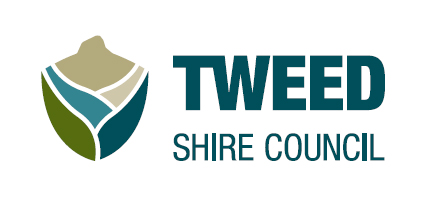Council and landholders combine to restore degraded bushland
Landholders and Council are working together in a three-year project to conserve threatened flora and fauna in Tweed Shire.
The project, funded by the NSW Environmental Trust and Council, will restore degraded bushland on 25 hectares of private land at Numinbah, within the Pat Smiths Creek and Couchy Creek catchments.
The project area is part of a regional fauna corridor linking the World Heritage-listed Springbrook National Park and Numinbah Nature Reserve with Wollumbin National Park.
Council’s Project Officer – Biodiversity, Michael Corke, said these national parks were internationally recognised for their biodiversity, including rare and threatened species.
“These parks are known as climate change refugia. Evidence suggests that during periods of extreme, dry climate many species of native plants and animals retreat to these relatively moist, stable areas.
“Then, when conditions become more favourable, they disperse to colonise new habitat.
“The core reserves targeted by this project also contain many plants and animals that are either unique to this location or have very restricted ranges elsewhere.”
He said adjacent private land provided a critical buffer zone to core reserves because it protected them from threats such as weed invasion.
“Unfortunately, weeds such as Lantana, Camphor Laurel and Giant Devil’s Fig have degraded large areas of private land in the area.
“Weeds are a direct threat to the health and resilience of core reserves and threaten the survival of rare and threatened species”.
The project will tackle the problem by helping six landholders control invasive weeds.
“Private landholders play a vital role in biodiversity conservation and this project will increase their capacity to manage weeds, protect threatened species and conserve biodiversity.”
Council is partnering with the Office of Environment and Heritage, National Parks and Wildlife Service, Local Land Services, Far North Coast Weeds, Tweed Landcare, landholders and bush regenerators to ensure strong technical support and effective information sharing.
“This exciting project will build community capacity to conserve an area of great significance. It is a living link to a time when which much of Australia was covered in luxuriant rainforest,” Mr Corke said.








